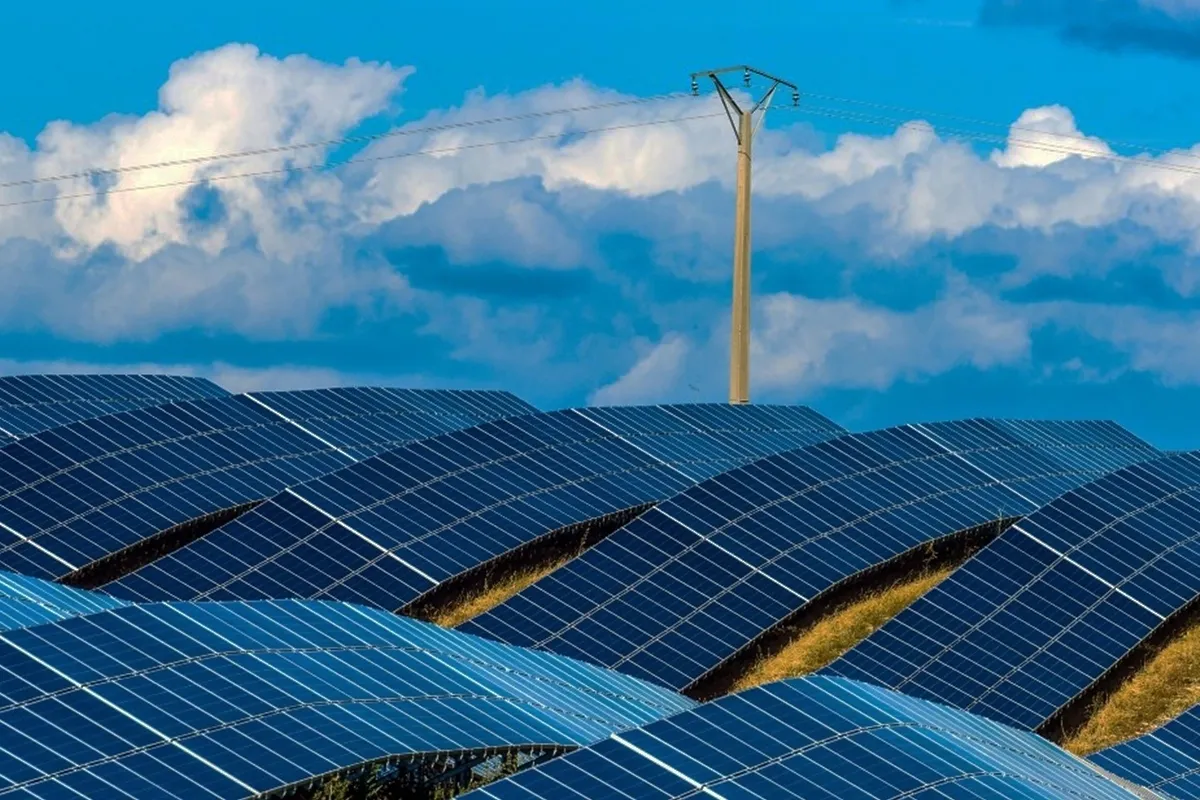Iranian Scientists Double Efforts to Develop Renewable Energies

“In 2023, by accepting a proposal, entitled as characterization of the asphaltene molecule and the use of the asphaltene molecule in renewable energies and the construction of a new generation of solar cells, we characterized a number of elements related to the asphaltene molecule by using the XRF beam at the Sesame synchrotron, and we are currently analyzing the data related to this issue,” said Mohammad Ali Haddad, a member of the faculty of Physics at Yazd University.
A synchrotron is a type of particle accelerator in the shape of a circular ring that produces electromagnetic radiation with the help of electric and magnetic fields.
Particles moving at speeds close to the speed of light in an electromagnetic environment emit light in the direction of their motion, which is called synchrotron radiation or synchrotron light.
Synchrotron radiation is a powerful tool for studying molecular structure and changes in cellular shape and composition during chemical reactions, which is used in various research and application fields in physics, medicine, industry, biology, archaeology, and so on.
Asphaltenes are molecular substances that are found in crude oil, along with resins, aromatic hydrocarbons, and saturates (i.e. saturated hydrocarbons such as alkanes).
Asphaltenes consist primarily of carbon, hydrogen, nitrogen, oxygen, and sulfur, as well as trace amounts of vanadium and nickel.
4155/v





















